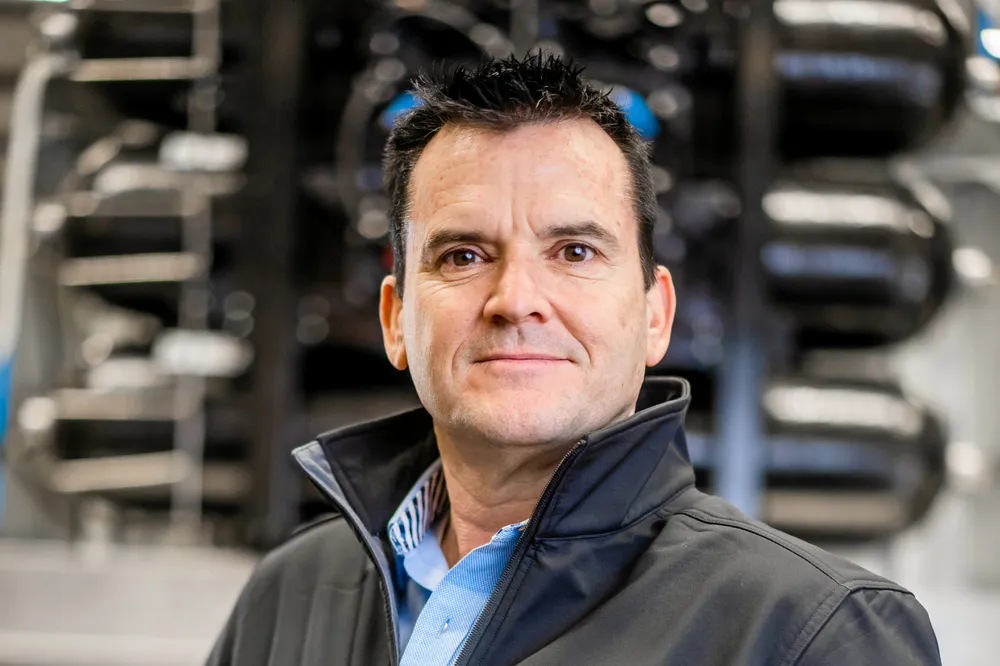The case for hydrogen trucks | Grid limitations will make long-distance battery-electric haulage 'near impossible'
Those advocating for an all-electric future for road transport do not understand how difficult and expensive that would be in practice, according to former Hyzon Motors CEO Craig Knight
